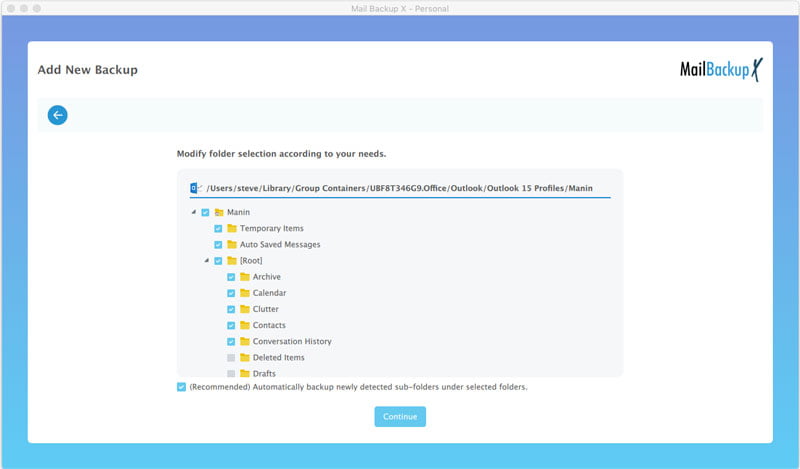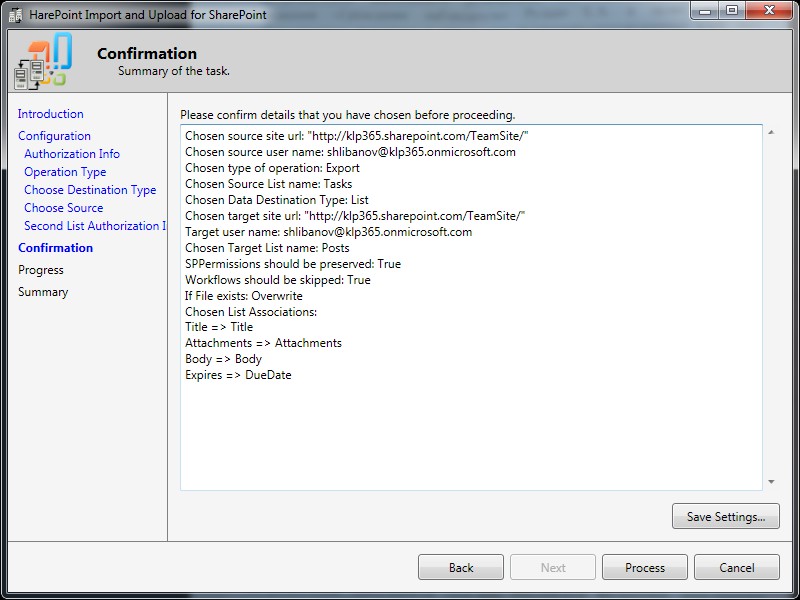

- #Osx office for mac automate archiving to local folders how to#
- #Osx office for mac automate archiving to local folders update#
You can also use this trick to direct all messages from your coworkers into a specific folder, as seen in the example below. When creating rules like the Vendor rule in the examples above, click in the email field, and use the delete key to delete all the characters prior to the vendor’s domain name, like “” or “”. This makes the rule much more effective because messages from any address at that company will be sent to the Vendors folder. Both you and your computer will have difficulty processing the logic of excessive rules.
#Osx office for mac automate archiving to local folders update#
Create a few basic rules and update the conditions of them as necessary. When creating rules on a Mac, don’t make too many. There are many benefits to doing it this way, including being able to see both the criteria of your mail rules and the folders from any computer. Click the OK button at the bottom right and then choose Apply when prompted. This will create a new row, where the condition is “From” the sender you clicked on. Click the + sign on the right side of the existing condition.


Then go back to Mail > Preferences > Rules, click on the Vendors rule, and click Edit. That will result in an additional row being added to the list of rules. Click Done at the bottom right to exit mail settings.Ĭlick on a message from the sender you want to add to the existing rule’s conditions. When using, simply repeat the same steps as you used to create a rule. In the “Perform the following actions” section at the bottom, confirm the action says “Move Message” and choose the appropriate mailbox using the popup menu on the right. Then, click the OK button at the bottom right to save the new rule.Īt that point, a popup will be displayed asking “Do you want to apply your rules to messages in selected mailboxes?” This retroactively moves all messages that meet the conditions of the rule to the specified folder. Type a name for the rule like “Vendors,” then click on the button that says Any Recipient and change that field to “From.” Notice that the sender’s address from the example you chose is shown to the right in the appropriate field. For POP accounts (like Verizon, RoadRunner, and others hosted by most Internet service providers), the folders will not be visible on all your devices. For the Location field, choose a location on an existing email account, not “On My Mac.” That way, at least for IMAP accounts (like iCloud and Gmail) and Exchange accounts (like many corporate email accounts), the folders will be visible on all your devices. On a Mac, create a mailbox by choosing Mailbox from the menu bar and clicking on New Mailbox. On this step isn’t necessary because the new folder can be set up during the process of creating a rule, which is a nice feature not found on OS X. It might be a set of multiple rules.Ĭreate a mailbox for each type of undesired message The best solution might not be a one-size-fits-all rule. Your needs regarding how many folders you set up and what to name them may be different.
#Osx office for mac automate archiving to local folders how to#
At the end of this article, I will make some practical suggestions about how to address that, and other aspects of using mail rules. If you set up rules using the Mail app, they are effective only after you start up your Mac and open the Mail app. If you set up rules using they are very effective, immediately directing messages to the specified folders on all your devices. Rules can be set up on if the email address is the one you use for iCloud (it can end in either or your other email addresses, rules can be set up in the Mail app on a Mac. Mail rules allow you to direct messages out of your inbox into another folder or trash automatically, based on their sender or other conditions. We will also discuss how to update rules to include additional senders or other criteria, and provide some common-sense guidance about effectively using mail rules in general. In this article we will walk you through the process of creating mail rules that will direct messages to other folders or the trash based on conditions you specify. Preventing unwanted messages from showing up in your inbox can be integral to enjoying email.


 0 kommentar(er)
0 kommentar(er)
